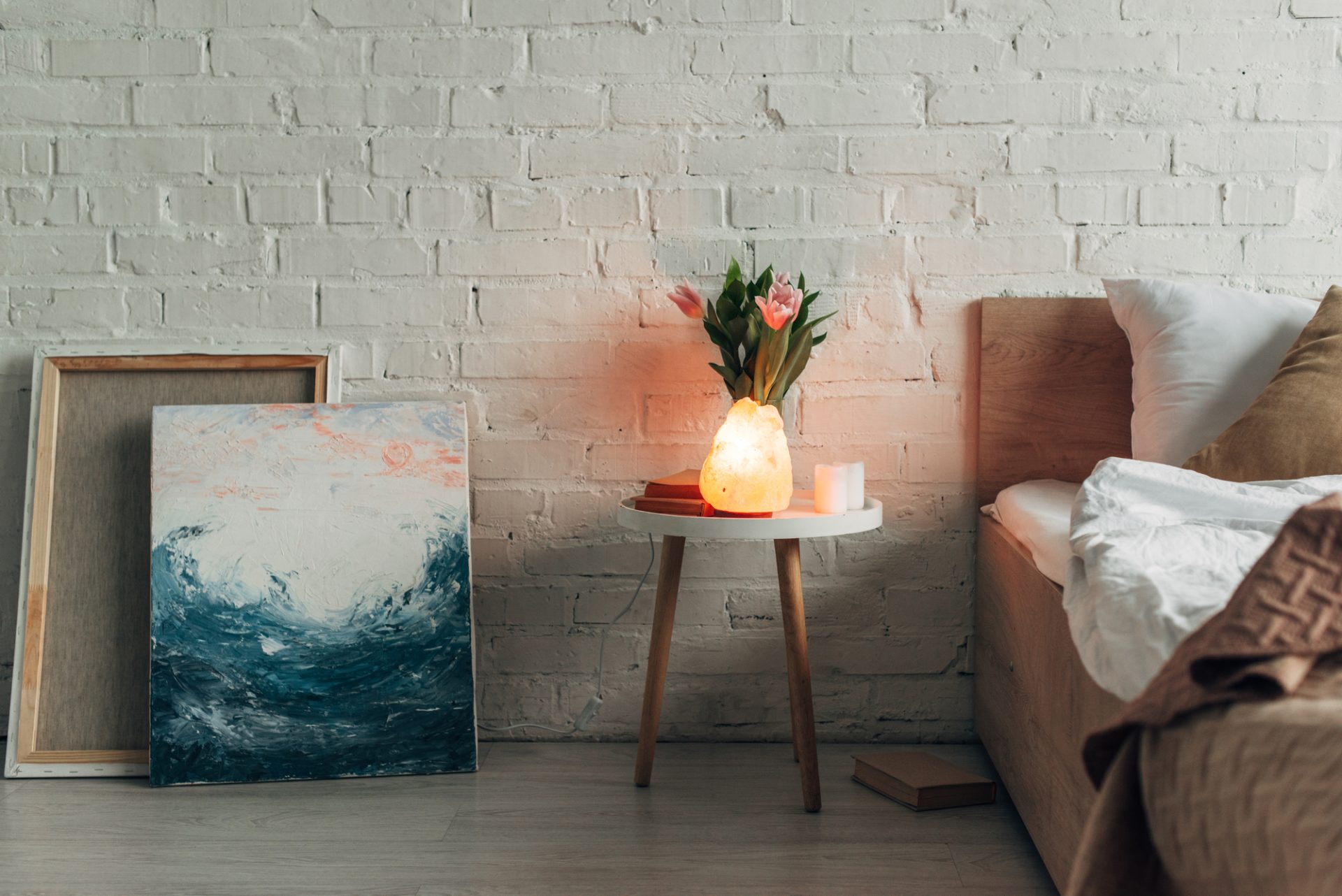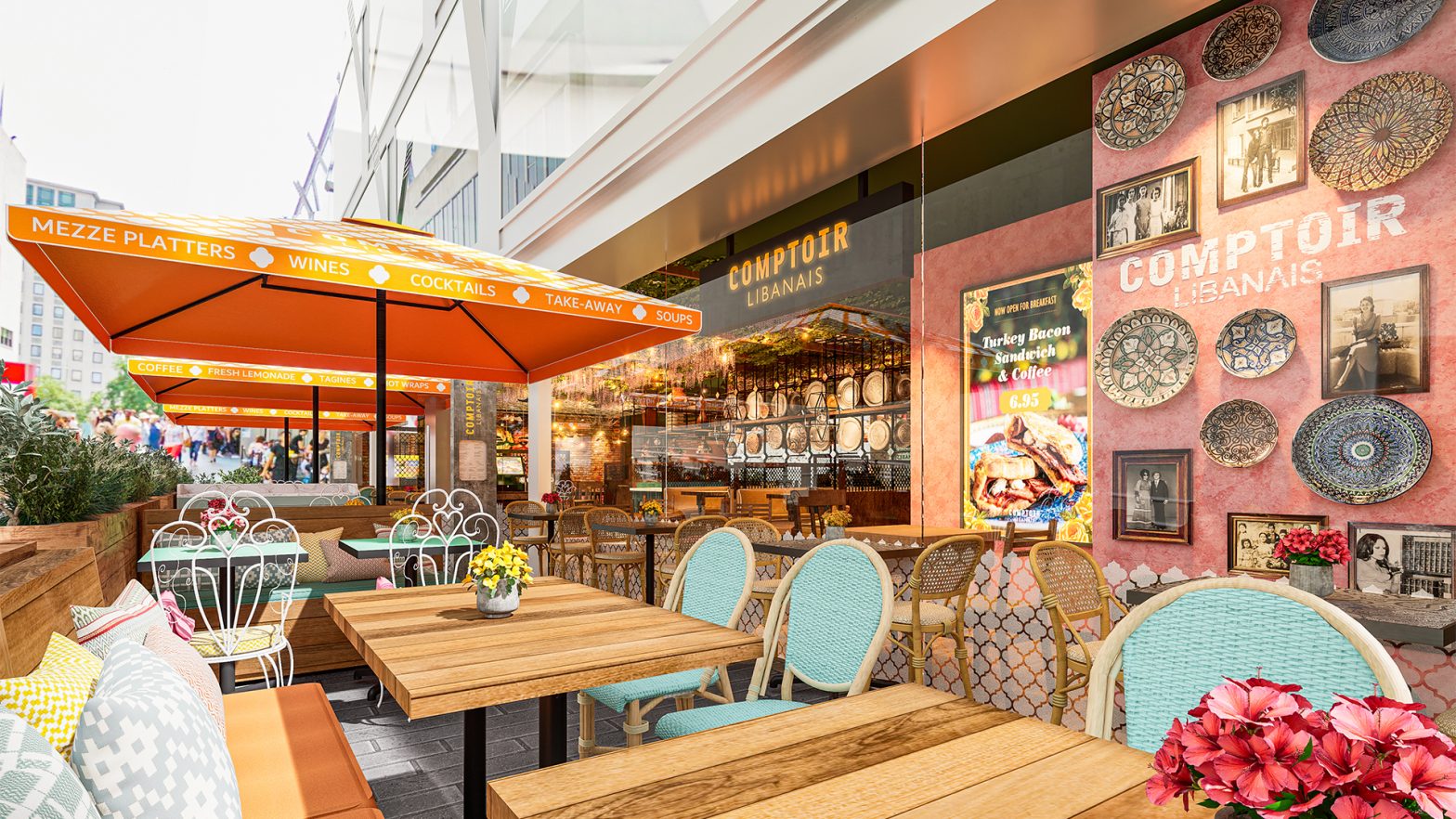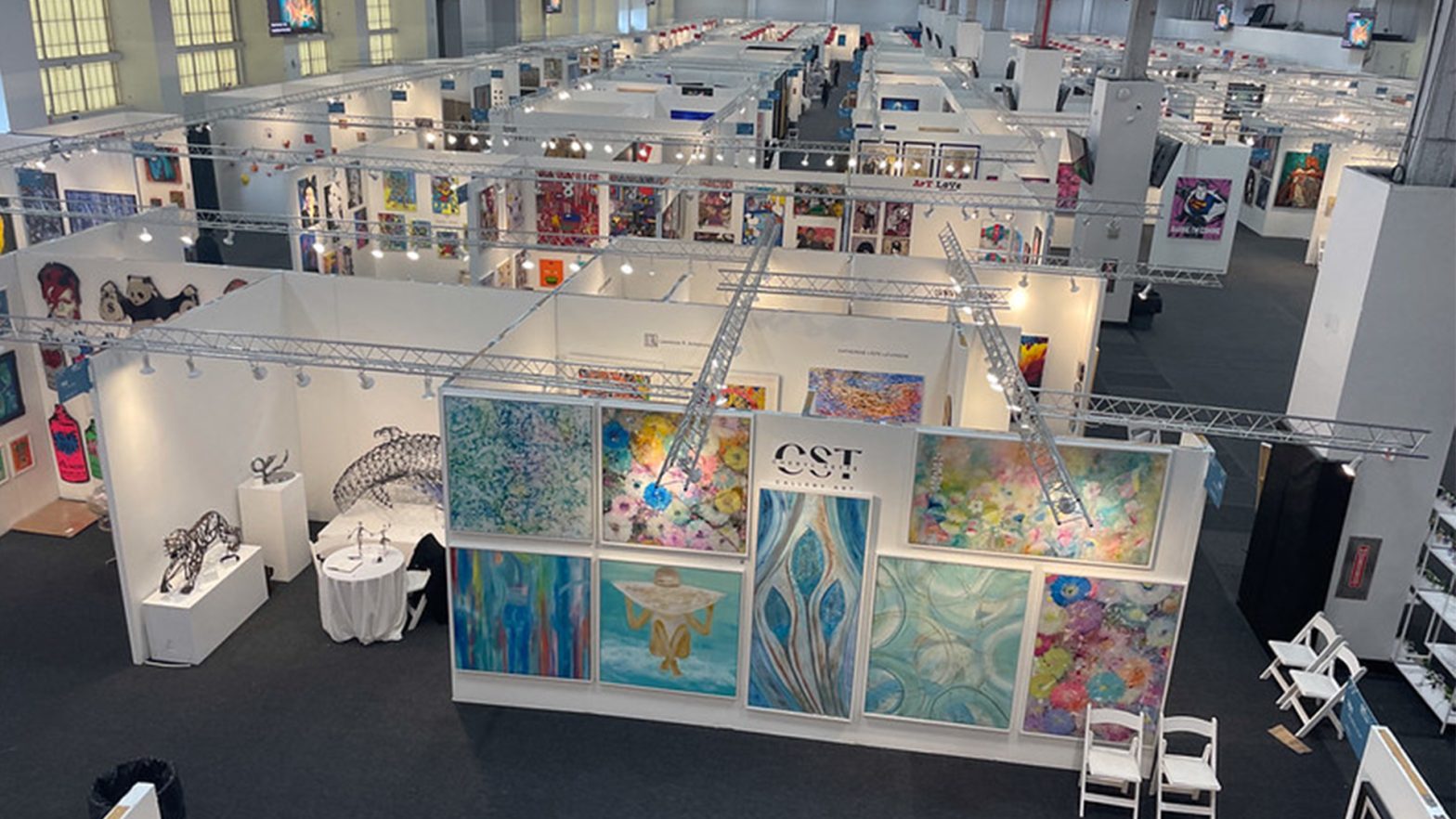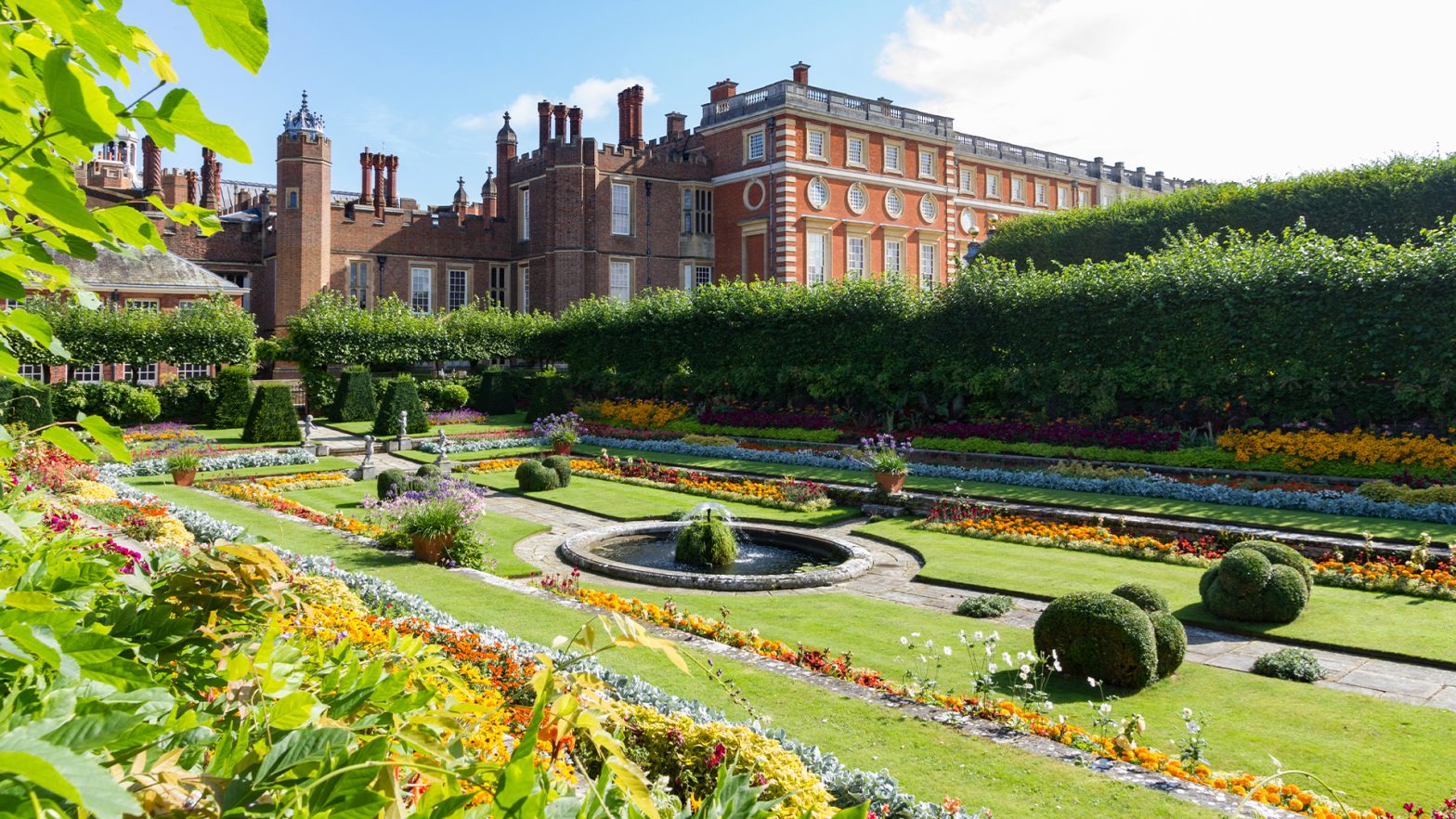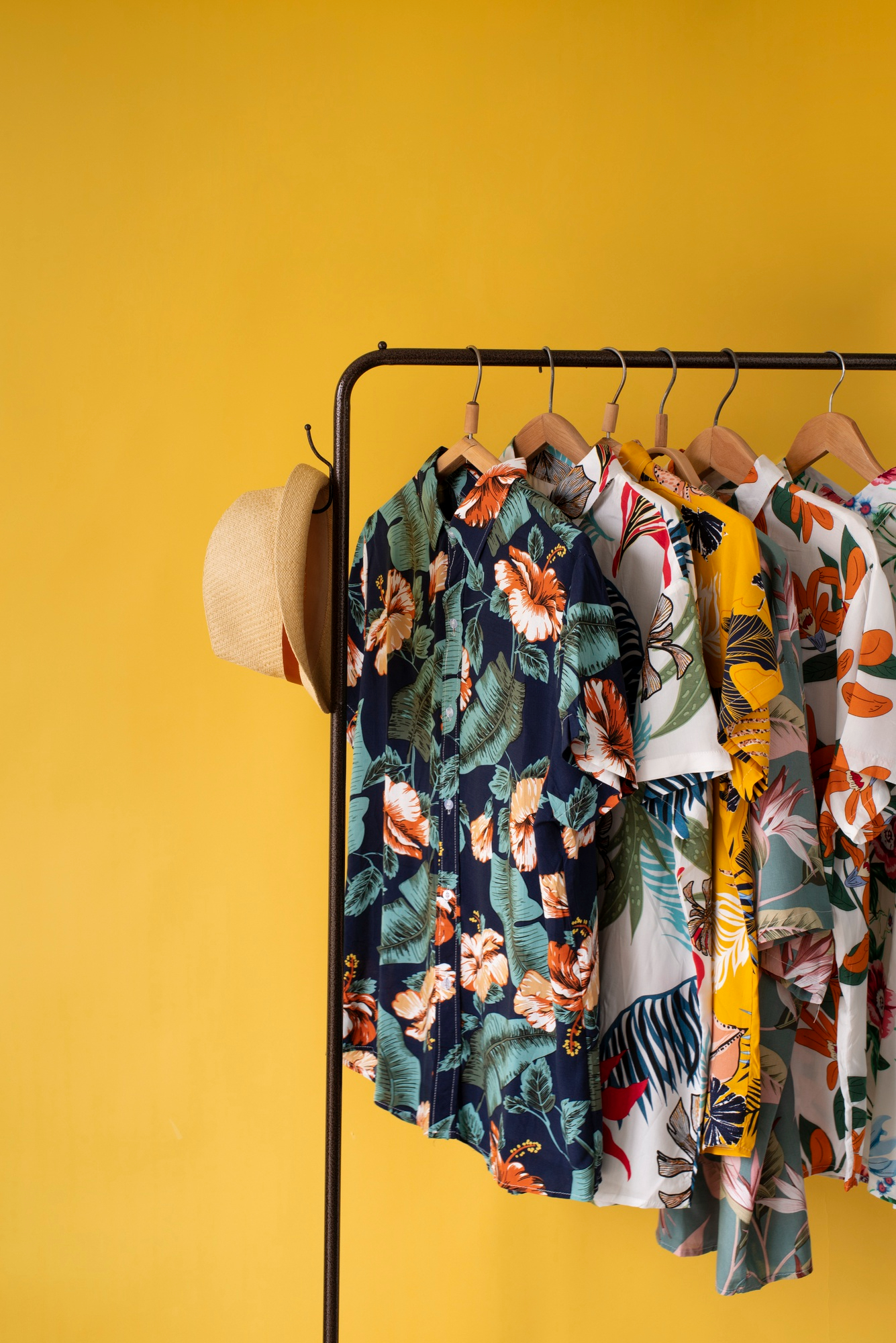If you’re an art lover with a depleted budget, you can only dream of hanging an original Monet or Munch in your home. After all, the most expensive Monet painting ever sold is the gorgeous Meules, which Sotheby’s New York auctioned for $110.7 million in 2019.
But for a massively reduced price, you can have a reproduced Meules painting, and your friends will never know unless they’re familiar with your finances.
The art of reproducing famous paintings means anyone can own a stunning piece or two in their home, and only an expert will ever know the difference. Those who reproduce artwork have an exceptional eye for detail and a natural artistic skill. They can create anything from Van Gogh’s Starry Night to super realistic Neo-Pompeian paintings.
This article delves into various painting styles popularly reproduced by talented artists and explores the challenges involved in every piece.
Neo-Pompeian: Reviving Ancient Artistry
First appearing on the walls of ancient Pompeii, the Neo-Pompeian style became popular during the 19th century. The revival of this art style mirrored the beauty of ancient Rome and Greece. The paintings often depicted scenes of mythology, history, or still life.
In modern times, reproducing Neo-Pompeian art requires a complete understanding of classical themes. It also entails a steady hand with extreme technical skill to replicate fresco textures and the patina of age. Moreover, these pieces often focus on historical accuracy. This means the artist must do extensive research before getting started on reproduction.
Surrealism: Diving Into the Subconscious Mind
Surrealism originated in the 20th century. This art form aimed to break the boundaries of logic by tapping into dreams and whatever the subconscious mind could come up with. Salvador Dali and Rene Magritte created some of the most iconic art pieces during that time. Their creativity continues to challenge conventional perception.
Replicating Dali’s The Persistence of Memory would require an artist to decode the images first. If they understand the nuances of the painting, they can reproduce each element faithfully. Furthermore, the reproduction artist must incorporate the unsettling quality of the original.
Expressionism: An Outpouring of Emotion
Edvard Munch’s The Scream is one of the most evocative expressionist paintings of the 20th century. It also helped form the Expressionist movement at the time. The Scream is still a symbol of humanity’s collective anxiety. Munch said that he sensed a scream passing through nature when taking a walk during a “blood red” sunset. In reality, Munch had a panic attack while walking a path outside what is Oslo today.
It is not an easy task to invoke the same mood in a replica. Replicating something as iconic as The Scream takes a deep emotional investment. Recreating the distorted forms and bold colors relies not only on artistic skill but also on emotional maturity. Artists must take their time and work in layers. This way, they can gradually build up the replica painting to capture its intensity.
Abstract: Art Devoid of Recognizable Forms
Abstract paintings shy away from conventionality. Instead, it focuses on shapes, blobby forms, and colors. Abstract art gained acceptance during the 1950s but also confused many people. Its blatant abandonment of anything recognizable, however, inspired artists to express their creativity in new ways. Jackson Pollock and Mark Rothko led this abstract expressionist movement, each introducing their unique approach.
The biggest challenge most artists experience when reproducing an abstract piece is the unpredictability and devoid forms of the images. This means they must study the original artist’s technique to avoid losing the essence of the original painting. Whether the replica artist chooses Pollock’s drip painting or Rothko’s color fields, they must embrace the materiality and textures to recreate them.
Modern Art: Something For Everyone
Modern art consists of several styles and movements dating to the late 19th and early 20th centuries. These styles include Dadaism, Cubism, and Fauvism. The concept of modern art emerged at a time when people felt uncertain about the rapidly changing world they lived in. It reflected a welcome sense of freedom and permitted them to experiment with new things.
Modern art requires varied mediums and techniques, making it difficult to replicate. This means that the replica artists must understand each sub-style that falls within the modern art category. They must know how to approach the fragmented shapes of Cubism. They should also not be scared to tackle Fauvism’s wild brushstrokes.
Realism: Taking on Lifelike Accuracy
Realism rejects artistic flair in favor of a lifelike depiction of different scenes. Realism is evident in ancient Greek sculptures that accurately portray elderly women. Moreover, the realism movement of 19th-century France sought to illustrate contemporary society without romanticizing its dark aspects. Realism still aims for photographic accuracy in the vein of artworks created by Jean-François Millet and Gustave Courbet.
Patience is the number one skill required when reproducing a realism piece. Capturing the finer details, from lighting to texture, requires time and effort. Any slight deviation can affect the quality that realism demands. This means that a commissioned reproduction will be a slow and meticulous process.
Impressionism: Capturing Gorgeous Moments
Also establishing itself as an art style in France in the 19th century is the ever-popular impressionism art. Impressionism centers around light, atmosphere, and painting the moment as it happens. These artworks often depict landscapes draped in natural light or flowers in bloom. Claude Monet and Pierre-Auguste Renoir are iconic artists of this style. Monet’s Sunrise and Woman with a Parasol are exceptional examples.
Impressionist paintings often have an unfinished look, which is hard to replicate. It takes masterful brushwork and an intimate understanding of how colors interact.
The Last Word
Reproducing famous paintings is not about imitating the original and taking credit. Instead, it helps artists interpret paintings and improve their understanding of artistic techniques and the history that influenced them. This process makes painting reproduction a challenging but deeply fulfilling endeavor.








